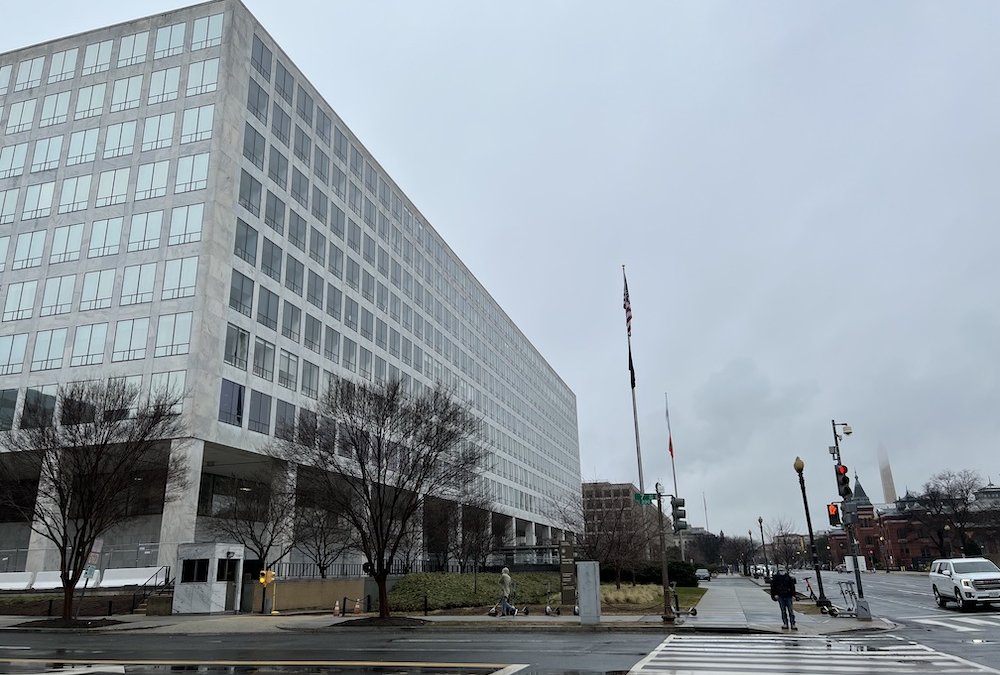WASHINGTON – Airports and airlines are attempting to recoup their losses and quell public exasperation a day after the Federal Aviation Administration (FAA) had to issue a 90-minute nationwide ground stop to air travel, scrambling schedules and grounding thousands of flights.
The ground-stop order was the result of a system outage to the FAA’s so-called Notice to Air Mission (NOTAM) alerts, which are key to ensuring pilots are aware of safety hazards, including closed runways and navigation beacons. With the system offline, there was no way to guarantee that planes were able to take off safely.
A statement posted Wednesday evening on Twitter by the FAA said the agency “has traced the outage to a damaged database file.” Still, many travelers and policymakers are left wondering how the failure managed to cause such a widespread and long-lasting interruption.
Southwest, one of the most-affected airlines with nearly half of its flights canceled, said it worked quickly to get its operations fully running after the damaged NOTAM system was back online.
“We’re fully staffed and focused on operating as many flights as possible today, and we expect delays across our system on this day shortened by the FAA ground stop that pushed the departure of our first flights on the East Coast by two to three hours,” Chris Perry, a public-relations consultant for Southwest Airlines, said on Wednesday.
The disruption this week came shortly after the airline canceled over 16,000 flights in late December after widespread problems in its crew scheduling system during a massive winter storm.
While the two disturbances are unrelated, the original bout of weather-related cancellations is already predicted to cost the company hundreds of millions of dollars. The financial impact of the FAA’s outage could be just as significant.
Lawmakers and federal employees were quick to criticize the Southwest disruption in December, and many officials cast a harsh spotlight when the federal government itself appeared to bear the responsibility for the chaos.
“Just as Southwest’s widespread disruption a few weeks ago was inexcusable, so too is the DOT’s and FAA’s failure to properly maintain and operate the air traffic control system,” Rep. Sam Graves (R-Mo.), the chairman of the Transportation and Infrastructure Committee, said in a statement.
Rep. Rick Larsen (D-Wash.), the ranking member of the Transportation and Infrastructure Committee, also called the FAA’s problems unacceptable. “When these NOTAMs did not go out to pilots, safety had to come first, and they need these NOTAMs to understand the situational awareness of flying,” Larsen said last night on MSNBC.
When asked for additional comment, the Department of Transportation, the FAA’s parent agency, pointed back to the FAA’s and Transportation Secretary Pete Buttigieg’s statements. Buttigieg said on Twitter that he had directed officials to “determine root causes and recommend next steps.”
The secretary also defended the ground stop as necessary because of the system failure. “The bottom line for us is always going to be safety,” Buttigieg said on CNN on Wednesday. “We are extremely conservative when there is any question or irregularity.”
According to FlightAware, the two U.S. airports that faced the highest percentages of canceled and delayed flights were the Chicago Midway International Airport (MDW) and the Baltimore/Washington International Thurgood Marshall Airport (BWI).
BWI had 48 percent of outgoing flights and 43 percent of incoming flights canceled before the ground stop was lifted. As of Wednesday evening, BWI officials said the airport has resumed normal operations.
“The airport terminal is quiet, with no significant lines at airline ticketing or the TSA security checkpoints,” said Jonathan Dean, BWI’s communications director. “Our operations personnel remain in close contact with the FAA and airline partners.”
Mike Boyd, president of the Boyd Group International and aviation expert, contested some of the federal agencies’ and representatives’ explanations. He posited that the underlying issue is the lack of aviation experts at the helm of the FAA, calling it “a repository for political appointees at the very top.”
“Except a couple times, they have not had any competent leadership. They’ve had political people running it. We can’t have that any more than you can have a hospital run by somebody who knows the auto industry,” Boyd said.
Among the pressing and still-unanswered questions remains what will prevent such a failure in the future.
The FAA’s lack of specificity on what exactly caused the NOTAM system outage allowed these accusations of unpreparedness to proliferate. “You anticipate what’s going to happen, you anticipate the worst, and then say, ‘If this happens, what do we do?’” Boyd said. “None of that has been in place at the FAA, and that’s a management failure.”
Despite Secretary Buttigieg’s statement that the NOTAM system has “a lot of redundancy built into it with backups,” Boyd felt it was still lacking in sufficient protections. The FAA site states that the agency has modernized the NOTAM, which was created shortly after World War II, in partnership with airlines, unions and other parties. But analysts say more needs to be done to ensure such failures don’t escalate like they did this week.
“It’s not so much about seeing it coming as it is assuming it’s going to come and having a backup system,” Boyd said. “They didn’t have a backup system. That’s the real issue.”


